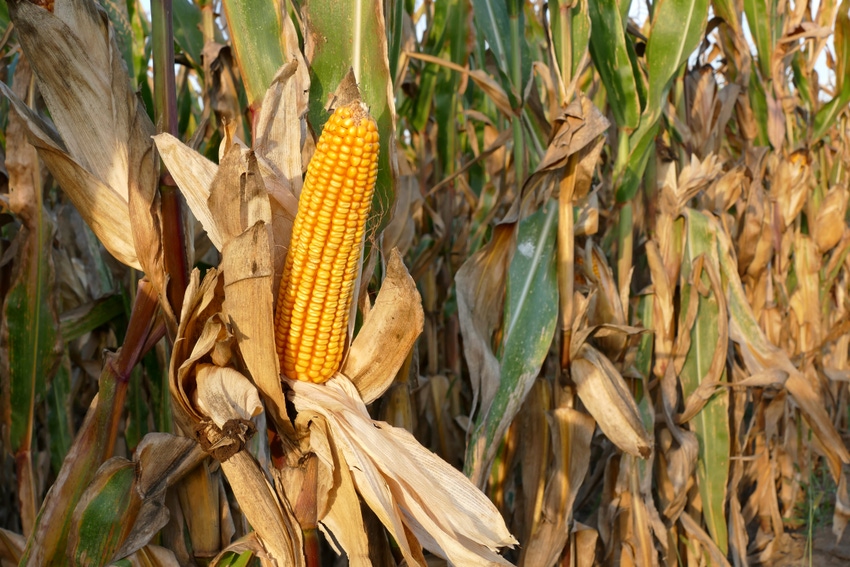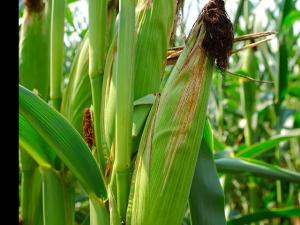August 1, 2018

Source: Ohio State University
By Alexander Lindsey, Peter Thomison
Low night temperatures during the grain fill period (which typically occurs in July and August) have been associated with some of our highest corn yields in Ohio. The cool night temperatures may have lengthened the grain fill period and reduced respiration losses during grain fill. High night time temperatures result in faster heat unit or growing degree day (GDD) accumulation that can lead to earlier corn maturation, whereas cool night temperatures result in slower GDD accumulation that can lengthen grain filling and promote greater dry matter accumulation and grain yields. This is thought to be the primary reason why corn yield is reduced with high night temperatures.

Night temperatures can affect corn yield potential. High night temperatures (in the 70s or 80s degrees F) can result in wasteful respiration and a lower net amount of dry matter accumulation in plants. Past studies reveal that above-average night temperatures during grain fill can reduce corn yield by reducing kernel number and kernel weight. The rate of respiration of plants increases rapidly as the temperature increases, approximately doubling for each 13 degree F increase. With high night temperatures, more of the sugars produced by photosynthesis during the day are lost; less is available to fill developing kernels, thereby lowering potential grain yield.
References
Hoeft, R.G., E. D. Nafziger, R.R. Johnson, and S.R. Aldrich. 2000. Modern Corn and Soybean Production. MCSP Publications, Champaign, IL. [See “Climate and Corn” section]
Lutt, N., M. Jeschke, and S. D. Strachan. 2016. High Night Temperature Effects on Corn Yield. DuPont Pioneer Agronomy Sciences. Crop Insights, Vol. 26, No.16.
Peters, D.B., J.W. Pendleton, R.H. Hageman, and C.M. Brown. 1971. Effect of night air temperature on grain yield of corn, wheat, and soybeans. Agron. J. 63:809.
You May Also Like




